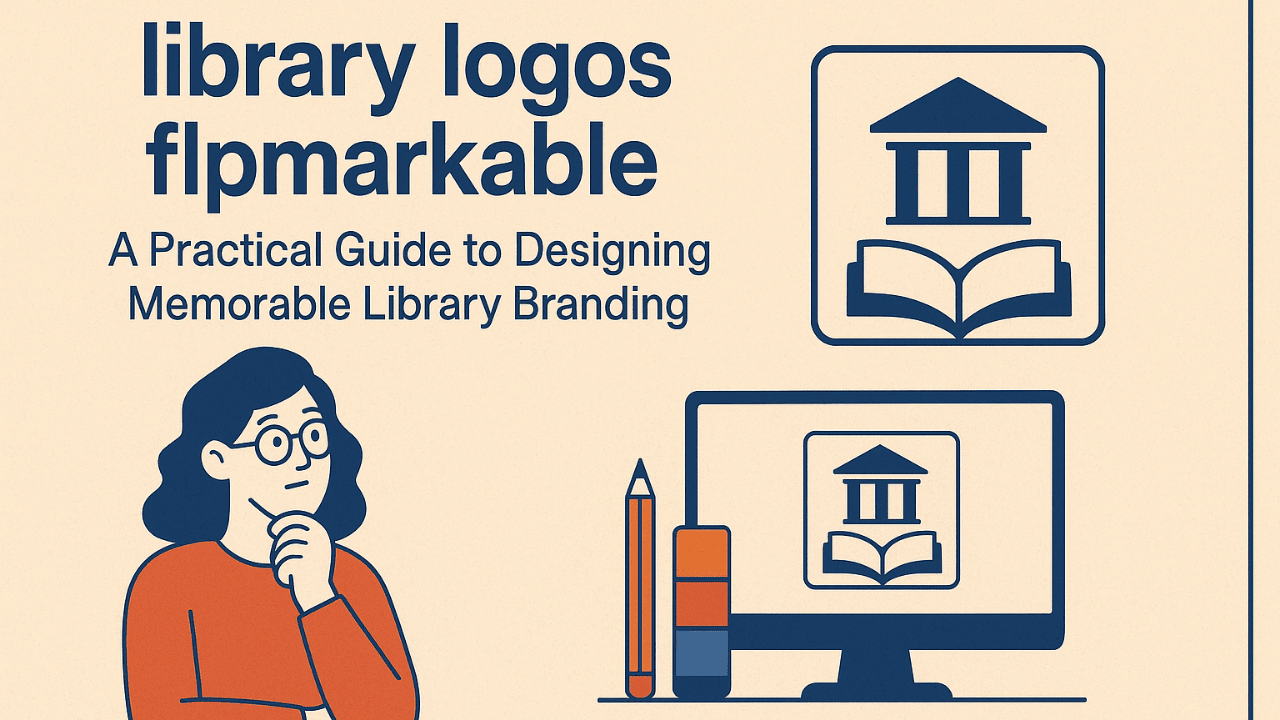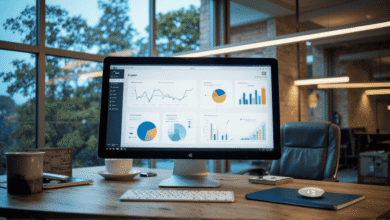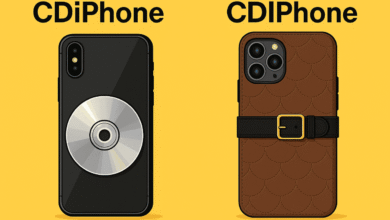library logos flpmarkable: A Practical Guide to Designing Memorable Library Branding

A logo is often the first handshake between a library and its community. A clear, well-crafted logo signals purpose, trust, and identity. For libraries that want to stand out while remaining accessible, using modern design platforms can speed up the process and keep results professional. This article explores practical strategies and step-by-step guidance for creating library logos flpmarkable, showing how to turn a concept into a flexible mark that works across print, web, and signage.
What makes a great library logo
Great logos balance simplicity and meaning. When you design library logos flpmarkable, the aim is to capture the library’s mission—learning, belonging, or innovation—while keeping the mark versatile. Consider these essential design pillars:
- clarity: the logo must be recognizable at small sizes
- symbolism: pick shapes or icons that reflect the library’s character
- flexibility: the design should work in one color, full color, and reversed
- typography: the right typeface communicates tone—friendly, academic, modern
Key benefits of focusing on these pillars when designing library logos flpmarkable:
- faster recognition in crowded visual environments
- ease of reproduction across materials
- stronger emotional connection with patrons
How to start: preparing before you design
Before opening any design tool, gather the essentials. Clarify the library’s mission, target audience, and the visual language you want to convey. When the brief is ready, designing library logos flpmarkable becomes a focused, efficient process rather than a scattershot exercise.
Checklist to prepare:
- define core values (education, community, heritage)
- list places the logo will appear (website, social, posters, bookmarks)
- collect visual references and preferred color tones
- decide on a primary and a secondary typeface
You may like also: eCryptobit.com NFT: Is This the Easiest Way to Start with NFTs?
A step-by-step workflow for creating library logos flpmarkable
This practical workflow helps keep the design process organized and repeatable.
- concept sketching: start with quick hand sketches that explore symbols—books, open pages, light, pathways.
- refine in the tool: pick a simple layout and reduce the mark to its essential shapes.
- select type: choose a typeface that complements the icon without competing with it.
- color testing: experiment with a primary palette and neutral variations for backgrounds.
- scale check: test the logo at favicon size and on large signage.
- export: save vector files for print and optimized raster files for web.
By following these steps when making library logos flpmarkable, designers ensure the final mark is usable and consistent.
Quick tips for sketching and ideation
- start with a single idea per sketch to avoid clutter
- favor geometric simplification—simple shapes scale better
- iterate three to five variations before choosing a direction
Design details: symbol choices that work well
Symbols should be meaningful and simple. When designing library logos flpmarkable, think beyond literal book icons—consider open doors, abstract pages, light rays, community circles, or pathways. These motifs can communicate growth, access, and connection without relying on clichés.
Color and typography guidance for library logos flpmarkable
Color and type are the emotional backbone of a logo. Choose a palette that supports the library’s values. For example, deep blues or greens convey stability and trust, while warm oranges or teals suggest approachability and community.
Typography rules of thumb:
- use a single primary typeface for the wordmark and a complementary secondary for headers
- avoid overly decorative styles that reduce legibility at small sizes
- adjust letter spacing and weight to match the icon’s visual presence
Practical color palette combinations to try:
- classic: deep blue + soft gray
- warm community: terracotta + cream
- modern learning: teal + slate
Including these considerations when you conceptualize library logos flpmarkable helps the identity feel cohesive.
Layout options and variations to prepare
A strong logo system includes multiple layouts:
- primary lockup (icon + wordmark side by side)
- stacked lockup (icon above wordmark)
- icon only (for social and favicons)
- horizontal and vertical versions for different placements
Prepare color and monochrome versions so that library logos flpmarkable remain flexible in all real-world uses.
Common mistakes and how to avoid them
Awareness of pitfalls speeds up revisions and reduces wasted effort. Common traps when crafting library logos flpmarkable include:
- overcomplicating the icon with too many details
- choosing type that competes with the icon rather than complements it
- ignoring how the mark appears at very small sizes
- failing to create monochrome or reversed versions
Avoid these mistakes by testing early and often on the actual media where the logo will appear.
Practical testing guide
- print the logo on different paper stocks
- view it on screens of different sizes
- create mockups: a website header, a mobile app icon, and a storefront sign
These checks confirm that library logos flpmarkable perform consistently across contexts.
Export, file formats, and final deliverables
Delivering the right file set is the final, crucial step. For professional use, prepare:
- vector files (SVG, EPS, PDF) for print and large format
- high-resolution PNGs with transparent backgrounds for web
- small PNG or ICO for favicons and app icons
Label files clearly and include a simple style guide that states color values, typefaces, and clear space rules so teams can use the logo correctly.
When you finalize library logos flpmarkable, include documentation that makes reuse straightforward and prevents improper modifications.
Gathering feedback and iterating the design
Collect feedback from a range of stakeholders: librarians, staff, and representative patrons. Use structured questions:
- Does the logo feel welcoming?
- Is it easy to read at a glance?
- Does it represent the services and spirit of the library?
After feedback, iterate with focused changes rather than broad redesigns. This saves time and keeps the identity coherent. Using this approach helps ensure library logos flpmarkable align with real needs.
Inspiration and real-world application ideas
Consider these applications where a strong logo makes a visible difference:
- wayfinding signage inside and outside library buildings
- program posters and event banners
- membership cards and bookmarks
- social media profiles and digital newsletters
Thinking through these use cases while designing library logos flpmarkable guides choices like aspect ratio, color contrast, and level of detail.
Quick reference: do’s and don’ts
Do:
- prioritize legibility and simplicity
- create multiple layouts for different uses
- include a monochrome version
Don’t:
- rely on intricate details that disappear at small sizes
- lock the brand to a trend that will date quickly
- skip testing on real materials
Conclusion: turning concept into a lasting mark
Designing an effective library logo requires clarity of purpose, careful visual decisions, and practical testing. By following a clear workflow—sketch, refine, test, and document—you can produce strong library logos flpmarkable that honor the library’s mission and serve the community well. A thoughtful logo becomes more than a graphic; it becomes a lasting ambassador for the library’s values and services.



